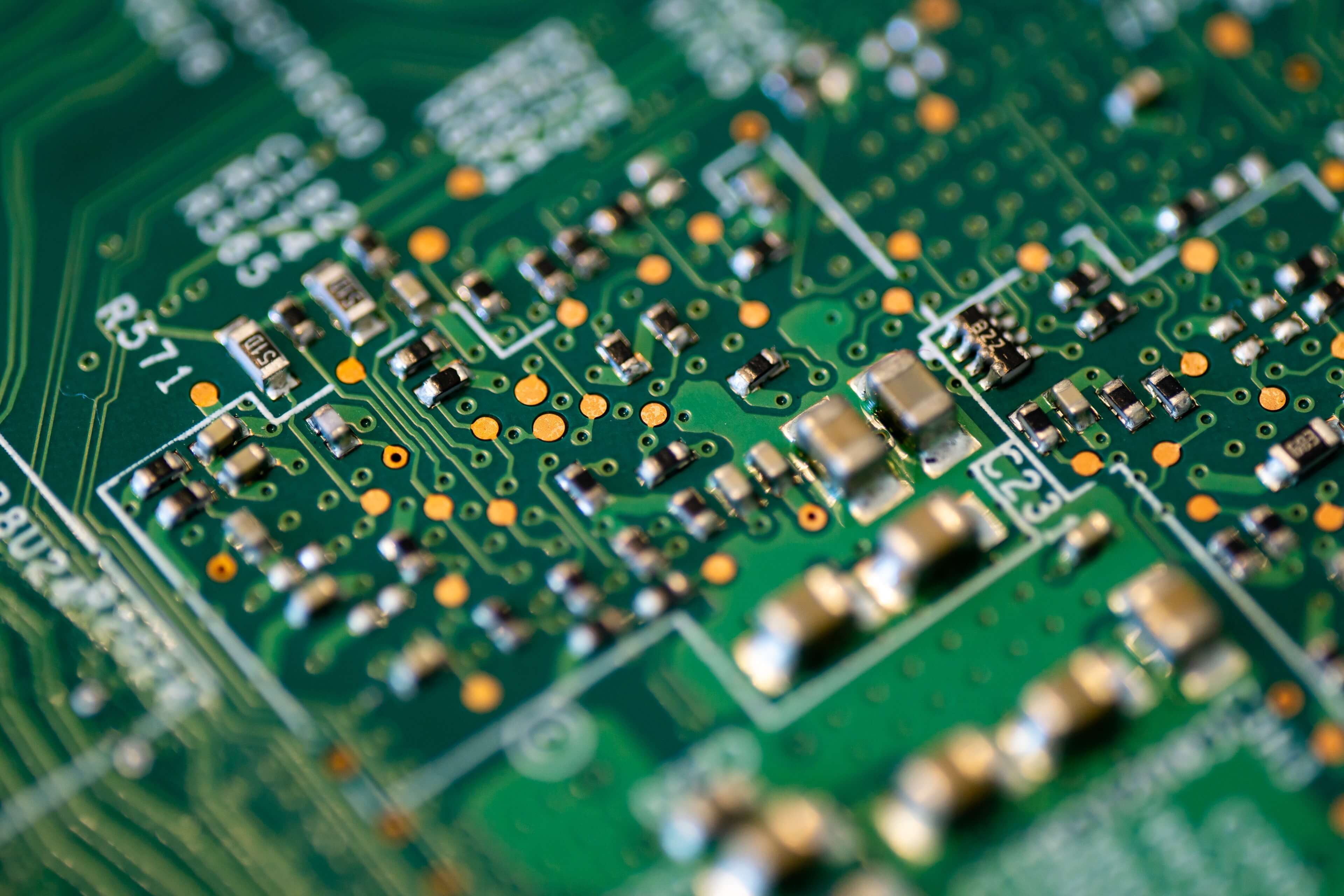Through the looking glass: Long-time semiconductor industry followers may recall that Arm, the chip IP company that completely dominates the smartphone market, has talked about making an impact on the enterprise and cloud computing markets for a very long time. Several years back, in fact, they made bold predictions about taking 20-25% of the server market. Despite a number of efforts in that direction from Arm semiconductor partners, however, that level of impact never occurred.
The company didn't give up on its goals, though, and a few years ago, it unveiled a new brand, dubbed Neoverse, with a new chip architecture designed for infrastructure and other high-performance applications. However, those markets have been completely dominated by x86 processors from Intel and, more recently, AMD, so the initial acceptance of Arm-based compute engines---which often require recompiling or rewriting existing software---was modest.
Recently, the company has seen an enormous amount of momentum in the cloud computing space, capped by last week's unveiling of the Amazon Web Services (AWS) Graviton2 CPU at Amazon's re:Invent conference. Graviton 2 is a custom-designed SoC (system on chip), built on a 7nm process technology, based on sixty-four separate 64-bit Neoverse N1 cores that's optimized for the kind of cloud computing applications for which AWS is known. As the name implies, this is actually the second-generation Arm-based chip from AWS---the original Graviton came out around this time last year. What's particularly noteworthy about the Graviton2 is that it's designed to directly compete on a performance basis with the high-end datacenter-focused CPU offerings from Intel and AMD. Best of all, the Graviton2 offerings come with a significant cost savings as well.
"Traditionally, Arm's promise in the datacenter and for large-scale cloud computing installations has been primarily about power savings---a critical factor when you're talking about thousands and thousands of servers."
Traditionally, Arm's promise in the datacenter and for large-scale cloud computing installations has been primarily about power savings---a critical factor when you're talking about thousands and thousands of servers. With this new custom-designed CPU from AWS (leveraging the Annapurna Labs acquisition Amazon made back in 2015), however, the company is claiming to offer both power and performance improvements over existing solutions from Intel and AMD, as well as a reduction in cost. That's a big step forward and, frankly, not something that many people expected could happen so soon.
The Graviton2 also reflects a level of commitment from Amazon that shows they are serious about increasing the diversity of the CPU suppliers and chip architectures that they want to support. In fact, the company launched the Graviton2 as part of its new sixth generation of what it calls EC2 (Elastic Compute Cloud) instances, which are intended for high-intensity workloads including application servers, micro-services, high-performance computing, gaming, and more. The original Graviton, on the other hand, supported a more limited set of general-purpose applications, such as web servers and data/log processing. In other words, Amazon is positioning its latest Arm-based offerings as serious competitors, on par with the big guys for some of the toughest workloads that exist. That's about as strong an endorsement as you can get.
Part of the reason that Amazon is able to push Graviton2 so aggressively is that they've built a lightweight hypervisor layer, they call Nitro, that lets operating systems, applications, and utilities run independent of the underlying CPU architecture. As mentioned above, one the biggest challenges for Arm in the datacenter has been the need to either recompile or rewrite/refactor applications to work with the Arm instruction set, instead of X86, and that can often be a difficult, expensive process. Thanks to Nitro, however, Amazon is opening up a significantly wider array of software to be able to run on Graviton2-based devices. Because Amazon controls the whole hardware and software stack within AWS, they are able to create both hardware and software solutions that match their needs exactly, and that's what they're doing with Graviton2 and Nitro.
In fact, according to reports, Amazon plans to run a number of its own utilities and AWS services on Graviton2-based servers, including critical applications like load balancing, starting in 2020. More than just an interesting technical exercise, the reason AWS is doing this is because by leveraging their own hardware technology and software stack, along with the power and performance efficiencies enabled by the Arm architecture, the company can generate significant savings for its own operations thanks to the Graviton2.
Though no specific details were discussed, we may also see Arm-powered Graviton2 processors in edge computing applications, such as the new partnership that AWS also announced last week with Verizon to bring AWS to 5G networks in the US. The partnership will leverage Amazon's new AWS Wavelength offering, which was specifically designed to take advantage of the ultra-low latency connections that are possible with 5G networks. AWS Wavelength will enable applications such as cloud-based gaming, autonomous industrial equipment, smart cities, connected AR and VR headsets, and much more to use AWS-powered compute resources at the very edge of the network. In the company's press release, Amazon said that Wavelength will be used with EC2 instances. It seems logical and appropriate that Graviton2 might be used in those environments, because the power-based benefits of the Arm architecture always implied that it would be a good match for edge computing.
Several years ago, it would have been hard to predict that Arm-based chips could be part of such a significant announcement in the cloud computing world. AWS' Graviton2 debut and the high-powered instances for which they are using it, however, clearly show that after a long build-up, Arm's time to make an impact in the world of cloud and enterprise computing has finally come.
Bob O'Donnell is the founder and chief analyst of TECHnalysis Research, LLC a technology consulting and market research firm. You can follow him on Twitter @bobodtech. This article was originally published on Tech.pinions.
Masthead image credit: Magnus Engo on Unsplash
